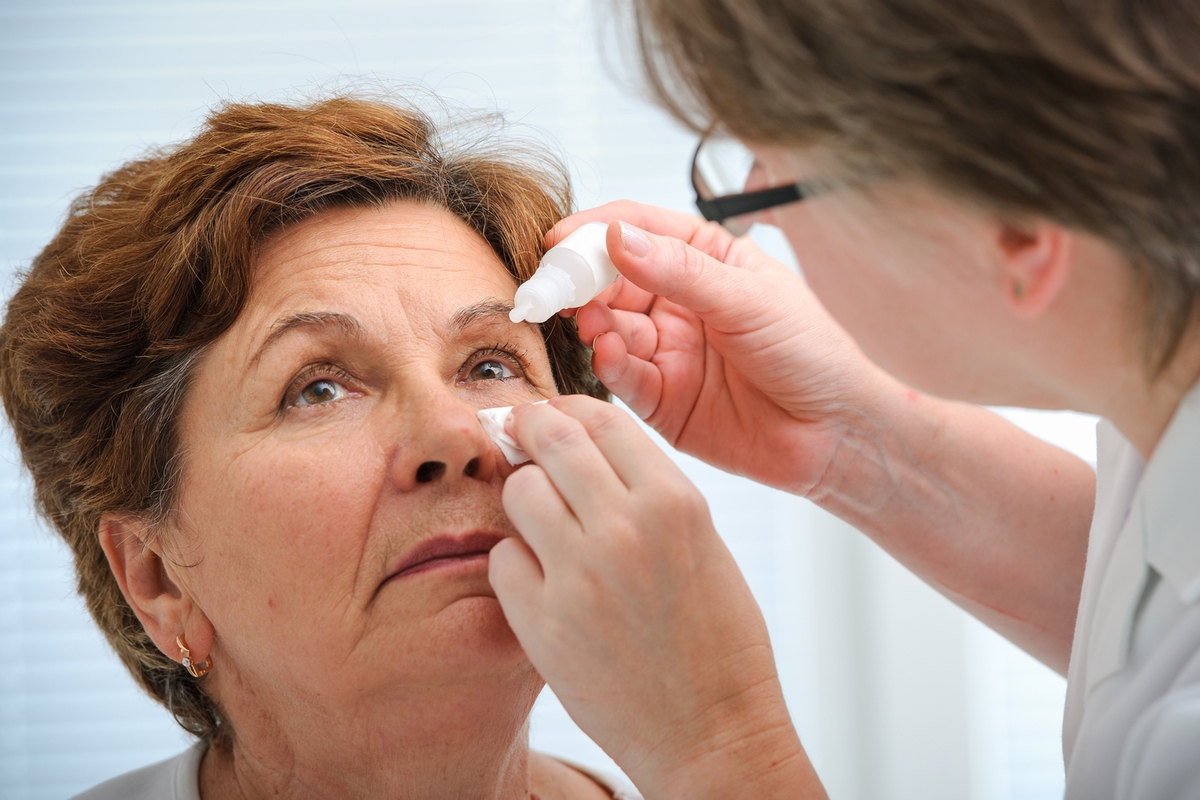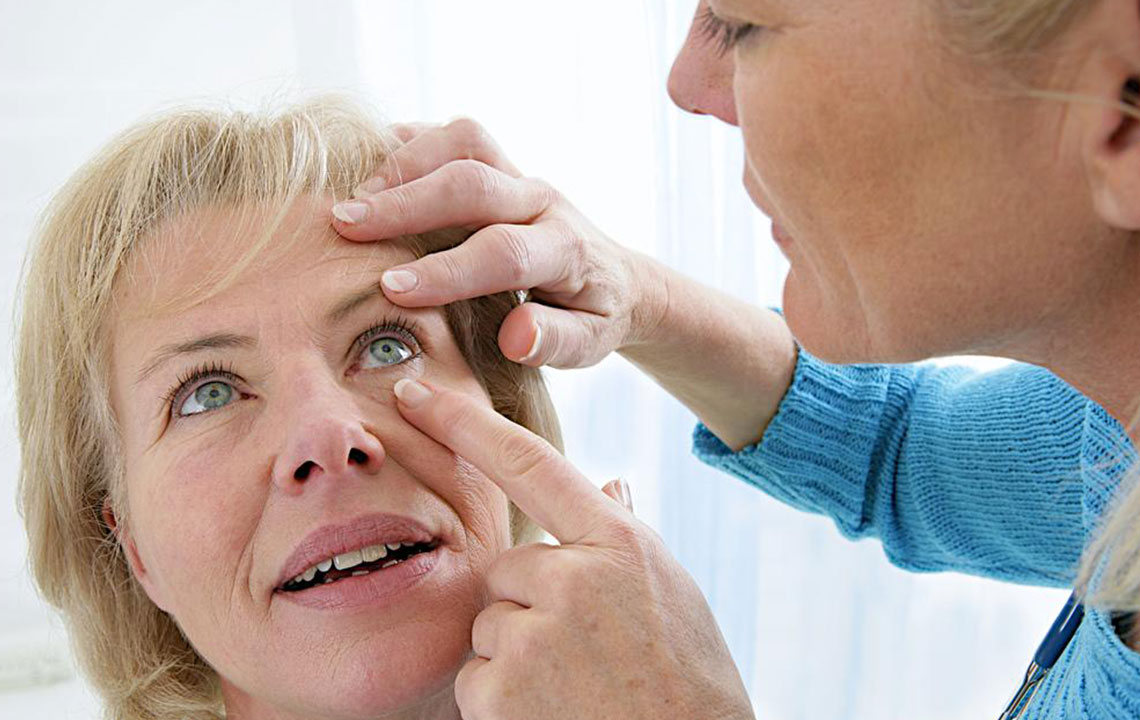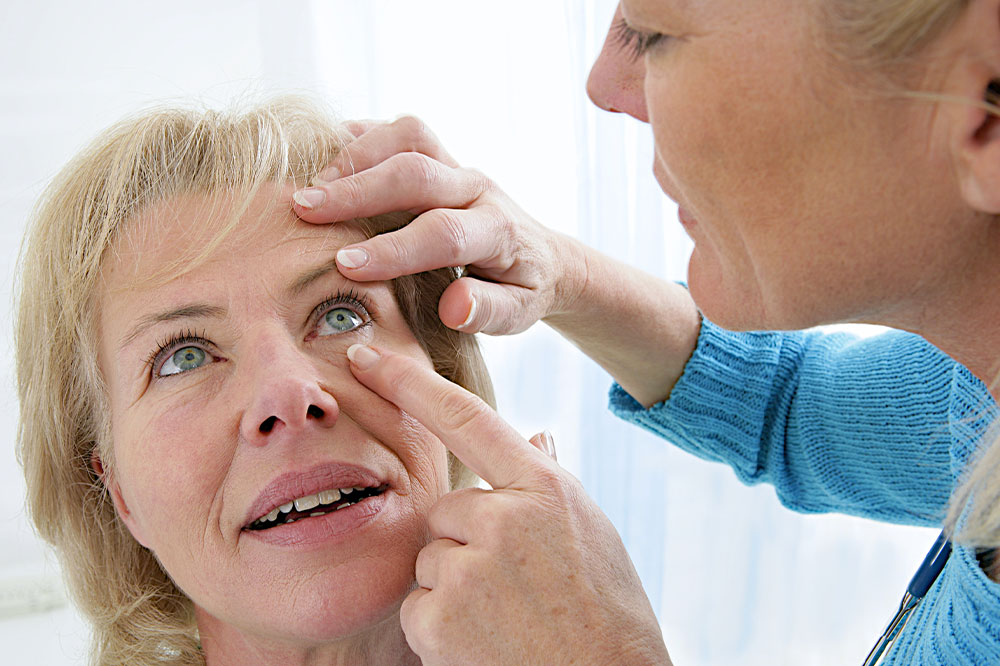Comprehensive Strategies for Fuchs Dystrophy Management
This comprehensive guide explores Fuchs Dystrophy, detailing symptoms, non-surgical remedies, and advanced surgical options. Emphasizing early detection and personalized treatment strategies, it highlights emerging research that promises future improvements. Patients are encouraged to seek professional care to manage this progressive eye disease effectively and preserve their vision.

Comprehensive Strategies for Fuchs Dystrophy Management
Fuchs Dystrophy, or Fuchs Endothelial Corneal Dystrophy (FECD), is a progressive eye disorder impacting the cornea, often leading to visual decline. It damages the corneal endothelial cells, which are vital for keeping the cornea clear by managing fluid balance. Over time, degeneration causes swelling, reduced transparency, and vision issues. This article provides an in-depth overview of current treatment options for Fuchs Dystrophy, highlighting both conservative and surgical approaches.
Understanding Fuchs Dystrophy
Typically affecting individuals over 50, Fuchs Dystrophy begins with endothelial cell deterioration and can progress to corneal edema and eyesight deterioration.
Common signs include:
Blurred or cloudy morning vision
Glare and halos around lights
Eye discomfort or pain
Light sensitivity
Early detection and timely intervention are essential to slow disease progression and preserve vision.Non-Invasive Management Options
While no cure exists for Fuchs Dystrophy, several treatments can alleviate symptoms and enhance comfort.
1. Artificial Tears
Over-the-counter lubricating drops help keep the eye moist, easing dryness and minor discomfort. These do not treat underlying causes but provide temporary symptom relief.
2. Hypertonic Saline Solutions
Eye drops or ointments with hypertonic saline draw excess water from the cornea, reducing swelling and improving clarity. Typically used in the morning when swelling peaks.
3. Warm Air Technique
Using a hairdryer set to cool at arm's length to blow warm air onto closed eyes can help reduce corneal swelling at home, improving vision throughout the day.
Surgical Interventions
As symptoms advance, medical procedures may become necessary. Several surgical options include:
1. Endothelial Keratoplasty
This partial-thickness corneal transplant replaces diseased endothelial cells with healthy donor tissue. Types include:
DSEK: Transplants the Descemet membrane and endothelium
DMEK: Transplants only the Descemet membrane and endothelial cells, offering quicker recovery and sharper vision
2. Full-Thickness Corneal Transplant
Penetrating Keratoplasty replaces the entire cornea with a donor graft. It has longer recovery and higher complication risks but may be necessary in advanced cases with scarring.
Postoperative Care and Rejection Prevention
Post-surgical treatment includes immunosuppressants and follow-ups to detect graft rejection signs like redness, pain, light sensitivity, or vision decline. Prompt management preserves graft success.
Future Directions and Research
Emerging treatments focus on innovation and research areas such as:
Advanced surgical techniques like femtosecond laser-assisted procedures
Pharmacological options to support endothelial cell health
Genetic and cell-based therapies aiming to repair or replace damaged cells
Although Fuchs Dystrophy remains challenging, ongoing research promises improved therapies that enhance quality of life. Early diagnosis, customized treatments, and continued science are essential in managing this condition effectively. Patients should consult eye care professionals to identify the most suitable interventions to maintain their vision and well-being.










